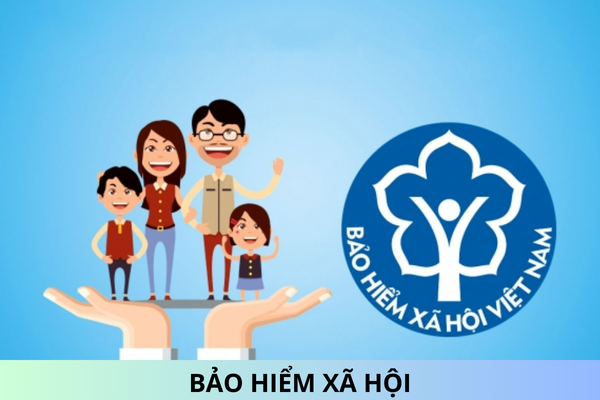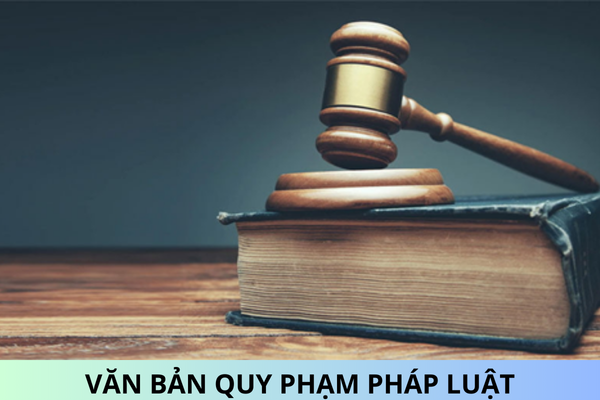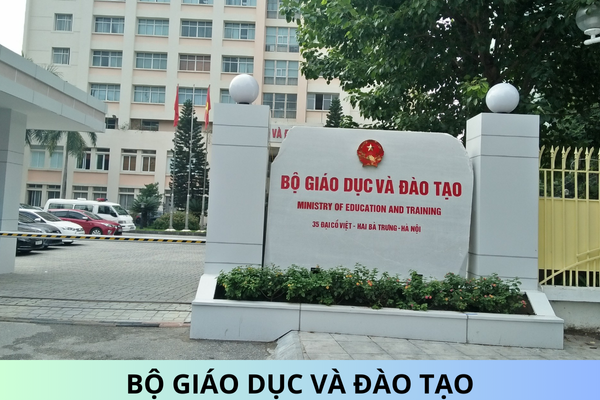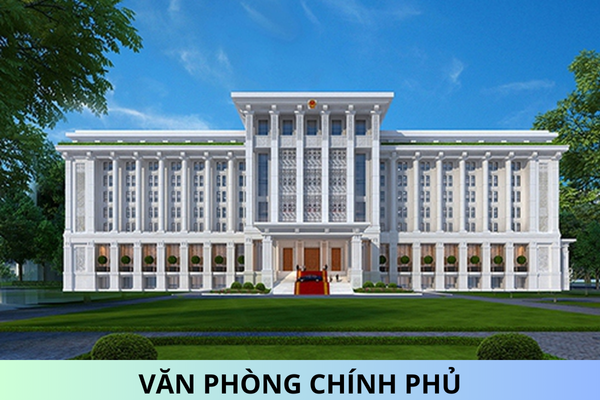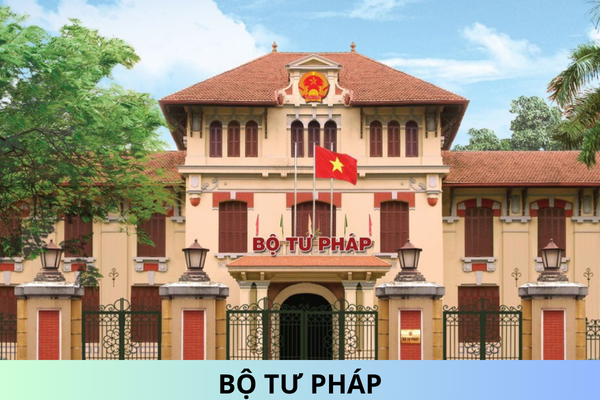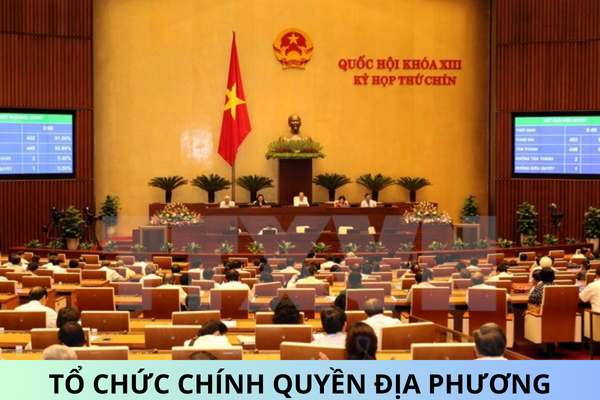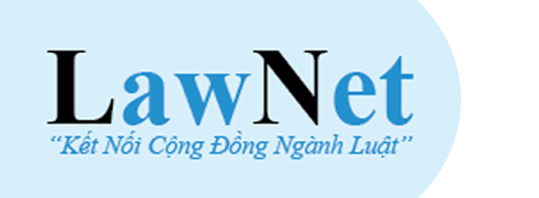National standards for the individual blankets of the People's Self-Defense Forces regarding the uniform of the People's Self-Defense Forces in Vietnam
What are national standards for the individual blankets of the People's Self-Defense Forces regarding the uniform of the People's Self-Defense Forces in Vietnam? Thank you!
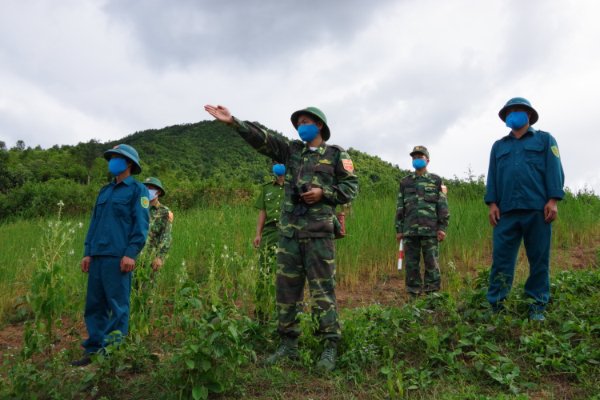
National standards for the individual blankets of the People's Self-Defense Forces regarding the uniform of the People's Self-Defense Forces in Vietnam - image from internet
According to the National standard TCVN/QS 1822:2021 for the uniform of the People's Self-Defense Forces, issued together with Circular 94/2021/TT-BQP, the uniform of the People's Self-Defense Forces - Part 32: Individual blankets is stipulated as follows:
1 Scope of application
TCVN/QS 1822-32:2021 specifies the technical requirements and testing methods for the individual blankets of the People's Self-Defense Forces.
2 General provisions
The measuring and testing equipment for the technical indicators of the individual blankets of the People's Self-Defense Forces are specified in Annex A.1.
3 Technical requirements
3.1 General requirements
3.1.1 External requirements
- Blanket cover: Rectangular shape, with 6 tie strings at the corners and in the middle of the inner length of the blanket cover. The blanket mouth is attached with 3 plastic buttons with a diameter of 15 mm, which are sewn into the inner lining of the blanket. The buttons on the outer lining are facing towards the left fabric corresponding to the center position of the buttonhole.
- Blanket filling: Rectangular shape, with an outer layer made of curtain fabric and an inner layer made of polyester fiber cotton. There are 6 tie strings at the 4 corners and in the middle of the two long sides. The blanket filling is evenly distributed using specialized equipment to ensure technical and aesthetic requirements.
- Colors:
+ Blanket cover: Dark blue.
+ Blanket filling: White.
3.1.2 Material requirements
- The cover of individual blankets of the People's Self-Defense Forces is made of dark blue curtain fabric, meeting the specified technical indicators in Annex B.22.
- The individual blankets of the People's Self-Defense Forces is made of 100% polyester fiber (PET), meeting the specified technical indicators in Annex B.23.
- The lining fabric is made of 100% polyester yarn, meeting the specified technical indicators in Annex B.24.
- Peco 60/3 thread of the same color as the main material is used for sewing, meeting the specified technical indicators in Annex B.6.
3.2 Technical indicators
3.2.1 Basic dimensions
The basic dimensions of the individual blankets of the People's Self-Defense Forces are specified in Annex C.30.
3.2.2 Cutting requirements
The cutting edges must be straight and parallel to the fabric threads. The length of the individual blankets of the People's Self-Defense Forces should be aligned with the direction of the fabric threads, without any skewness, and ensuring the required dimensions: Length of the quilt cover, thickness of the tie strings, buttonhole.
3.2.3 Sewing requirements
- Use size 14 needle for sewing, with evenly spaced stitches, without missed stitches, loose threads, or fabric wrinkles.
- The sewing stitches must have a density of 5 stitches/1 cm. The starting and ending stitches of each sewing line should be reinforced with 3 stitches, each stitch being 1 cm long and firmly overlapping each other. Cut off any excess threads and ensure that there are no loose threads or fabric wrinkles.
- The sewing line is 0.7 cm from the edge: Sew along the length of the blanket cover.
- The sewing line is 1 cm from the edge: Sew at both ends of the blanket cover.
- The blanket line is sewn using specialized equipment, with a density of 15 stitches/10 cm. The blanket line should be even, balanced, and meet the specified requirements.
- The blanket mouth is sewn exactly in the middle of one edge of the blanket cover, with symmetrical sides. The two ends of the blanket mouth should be sewn diagonally to form a square with a length of 2 cm, with a cross stitch in the middle, and reinforced with 3 stitches to ensure stability.
3.2.4 Requirements for buttonholes and button attachment
- The buttonholes should be evenly spaced, without wrinkles, loose threads, and with a density of 14 stitches/1 cm, ensuring no slipping.
- The width of the buttonhole after sewing should be 0.1 cm wider than the diameter of the button. The buttonhole should be aligned with the blanket mouth, 1 cm from the edge of the quilt mouth, with even stitches and no wrinkles.
- The buttons should be attached symmetrically to the buttonholes, with a minimum of 12 stitches through 2 buttonholes, securely fastened without slipping, without wrinkling the fabric, and with excess threads cut off cleanly.
4 Testing methods
4.1 Sampling rate
The testing is conducted based on probability for each batch, with a random sample of 5% to 10% of the quantity of products in the batch.
4.2 General requirements for testing
4.2.1 External inspection
The external inspection must meet the requirements specified in section 3.1.1.
4.2.2 Material inspection
The materials used in production must have a clear origin and be tested before being used. The type and quality of the raw materials are checked through standard conformity certificates, certificates of compliance, or quality inspection records. The test results must meet the requirements specified in section 3.1.2.
4.3 Testing of technical indicators
The testing of technical indicators for the individual blankets of the People's Self-Defense Forces is carried out using the measuring and testing equipment specified in Annex A.1. The test results must meet the requirements specified in section 3.2.
5 General handling
After production, the individual blankets of the People's Self-Defense Forces must undergo testing to ensure they meet the requirements specified in this standard. In case the test results do not meet the requirements, a retest must be conducted with a double sample size taken from the same batch. If the retest still does not meet the requirements, the product cannot be used.
6 Labeling, packaging, transportation, and storage
6.1 Labeling
- The product must have a woven label with complete information: Name of the manufacturing unit, year of production.
- Position of the label on the blanket cover: Attached to the corner, in the middle of the inner mouth of the quilt, where the button is sewn.
- Position of the label on the blanket filling: The label is folded in half and attached to one corner of the quilt filling.
6.2 Packaging
- Blanket cover: When folding, the inner side is facing out, folded 4 times in the length direction and 4 times in the width direction (folding the outer edges towards the center), all tie strings are gathered at one corner, with 10 pieces in the front and 10 pieces in the back, and 20 pieces are packed in one package.
- Blanket filling: Folded 3 times in the width direction and 3 times in the length direction and placed in a bag.
- The blanket cover and quilt filling are separately packed in PP bags with fastening straps as specified in Annex D.
6.3 Transportation
The products are transported using common means of transportation and are carefully covered to avoid rain and sunlight.
6.4 Storage
The products should be stored in a dry place, protected from rain and sunlight, and should not be stored together with chemicals, gasoline, or oil.
Best regards!

